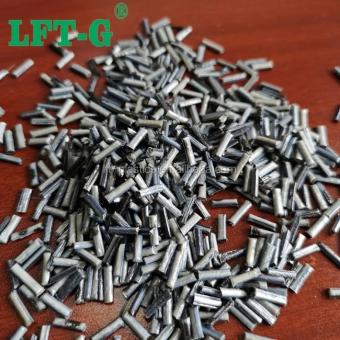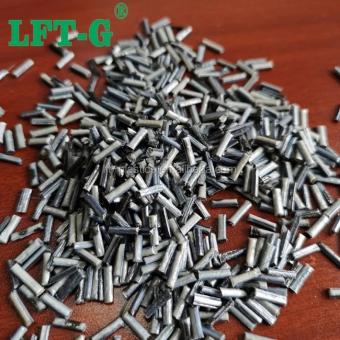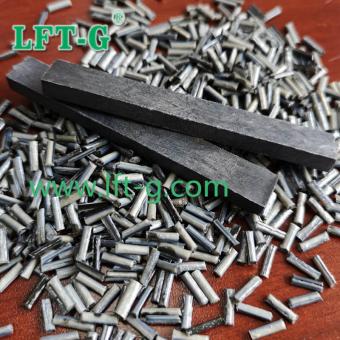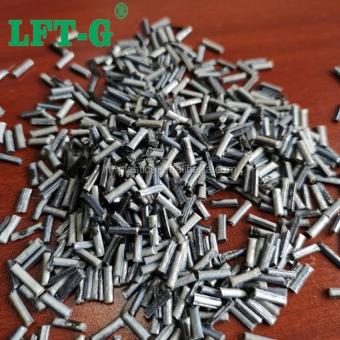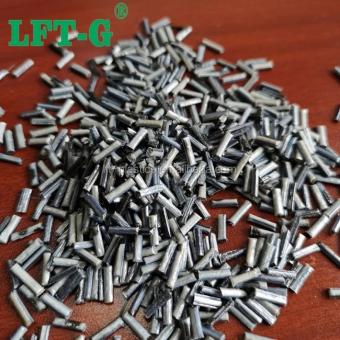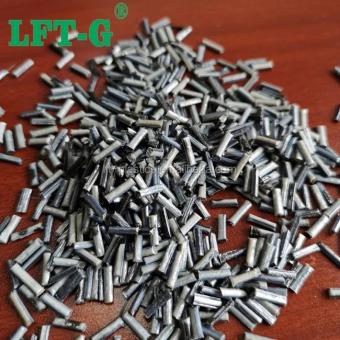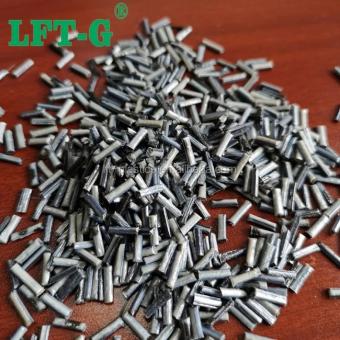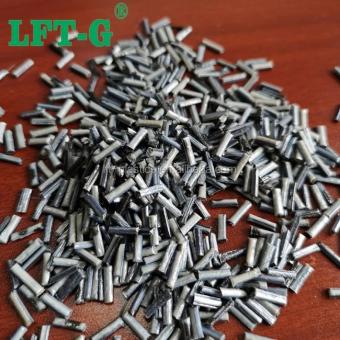Polyetheretherketone PEEK with Long carbon fiber Reinforced repared by solution impregnation process.Polyetheretherketone PEEK with Long carbon fiber Reinforced is a special engineering plastic with excellent performance.
-
PEEK Pellets Carbon FiberPEEK can still maintain good electrical insulation in harsh environments such as high temperature, high pressure and high humidity, and has characteristics such as not easy to deform in a wide temperature range, so it is used as an ideal electrical insulation material in the field of electronic and electrical appliances.
- peek fiber
- carbon fibre peek
- carbon fiber application
- carbon fiber bicycles
- peek polymer
- carbon fiber reinforced polymer
Tags :
-
PEEK Carbon FiberPure PEEK itself is a special engineering plastic, with radiation resistance, self-lubrication, high temperature resistance, wear resistance, fatigue resistance and other characteristics. The performance of carbon fiber reinforced PEEK material has improved in many aspects compared with pure PEEK material.
- carbon compounds
- carbon fiber polymer
- peek polymer properties
- carbon fiber reinforced polymer composites
- carbon fiber reinforced polymer structure
Tags :
-
Advanced Carbon Materials Polyetheretherketone Resin Long Carbon Fiber Reinforced PelletsPEEK long carbon fiber reinforced material provides exceptional thermal stability, outstanding chemical resistance, and superior mechanical properties, making it ideal for the most demanding engineering applications. With its high strength, rigidity, and low friction characteristics, this material is widely used in aerospace, automotive, and industrial sectors. Its ability to withstand extreme temperatures and harsh chemical environments ensures reliable performance and durability in critical applications.
- peek automotive industry
- uses of peek in automotive industry
- peek composite
- peek pellets
- carbon fiber reinforced peek market
- peek-cf
Tags :
-
Advanced Materials PEEK Resin Long Carbon Fiber Reinforced PelletsPEEK long carbon fiber reinforced material provides exceptional thermal stability, outstanding chemical resistance, and superior mechanical properties, making it ideal for the most demanding engineering applications. With its high strength, rigidity, and low friction characteristics, this material is widely used in aerospace, automotive, and industrial sectors. Its ability to withstand extreme temperatures and harsh chemical environments ensures reliable performance and durability in critical applications.view more
-
PEEK Special Engineering Plastic Resin Carbon Fiber Reinforced CompoundsIt is highly resistant to chemicals and heat and capable of resisting submersion in liquids long-term. It also can generally be subjected to harsh operational environments. The mechanical properties of PEEK allow it to be used as reinforcement material in various scenarios.
- PEEK CF30
- peek plastic
- carbon fiber reinforced plastics
- thermoplastic PPS pellets
- special engineering use
- LFT granules
Tags :
-
Carbon Fiber Reinforced PEEK Resin Pellets Injection MoldingPEEK is a versatile molding resin ideal for applications requiring sterilized equipment or containers. It is highly resistant to chemicals and heat and capable of resisting submersion in liquids long-term. It also can generally be subjected to harsh operational environments. The mechanical properties of PEEK allow it to be used as reinforcement material in various scenarios.
- peek aeropspace
- carbon fiber engineering
- peek cf injection
- lcf carbon
- plastic modified manufacturer
Tags :
-
PEEK Composite Pellets with 20-60% Long Carbon Fiber ContentPEEK long carbon fiber reinforced material delivers outstanding mechanical strength, heat resistance, and chemical stability, making it suitable for extreme-performance applications. It is ideal for aerospace, medical, and industrial components requiring lightweight durability and long-term reliability.
- plastic carbon fiber
- carbon fiber peek filament
- resin for carbon fiber
- plastic peek
- peek resin manufacturers
- carbon fiber plastic sheets
Tags :
-
LFT Polyetheretherketone Long Carbon Fiber Filled CompositesPEEK long carbon fiber reinforced material delivers exceptional mechanical strength, high temperature resistance, and superior dimensional stability, even under extreme conditions. The addition of long carbon fibers significantly boosts its stiffness and fatigue resistance, making it ideal for aerospace, automotive, and medical applications.view more
-
China Carbon Fiber Polyetheretherketone Modified CompoundsPure PEEK itself is a special engineering plastic, with radiation resistance, self-lubrication, high temperature resistance, wear resistance, fatigue resistance and other characteristics. The performance of carbon fiber reinforced PEEK material has improved in many aspects compared with pure PEEK material.
- carbon reinforced peek
- Why is PEEK Plastic So Expensive
- PEEK in Robots
- PEEK composites
- carbon fiber reinforced plastic
- china carbon fiber
Tags :
-
LFT Long Fiber PEEK High Mechanical Properties Plastic for DroneLFT long carbon fiber reinforced PEEK material offers unmatched strength, stiffness, and exceptional resistance to high temperatures and chemicals. Its superior durability and dimensional stability make it ideal for demanding aerospace, automotive, and industrial applications, where performance and reliability are crucial.view more

 e-mail
e-mail English
English français
français Deutsch
Deutsch русский
русский italiano
italiano español
español português
português العربية
العربية 日本語
日本語 한국의
한국의 中文
中文












